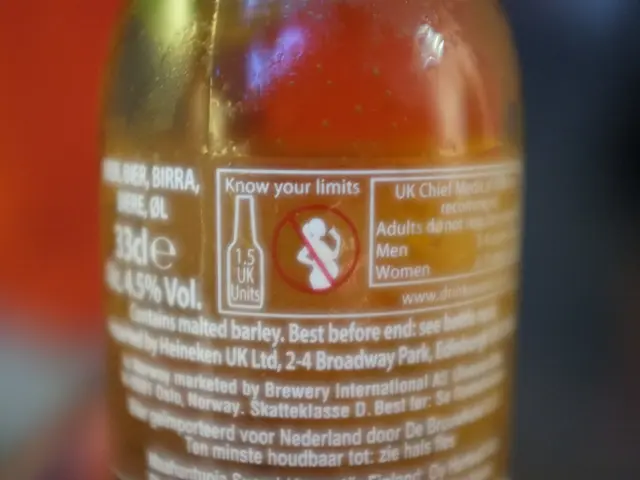Strategies for Pet Owners: Learn Six Critical Methods to Avoid Dehydration in Pets, a Crucial Lesson for Every Pet Guardian
In the sweltering summer heat or even during the cooler months, ensuring your pet stays hydrated is crucial for their overall health. Dr. Aimee Warner, a resident veterinarian at Waggel, provides valuable advice on preventing dehydration in pets.
Offering a variety of pet-safe frozen items like ice cubes, pet-friendly fruits, and frozen broth cubes can help increase a pet's hydration. Additionally, providing water during walks and in cool, shaded spaces can prevent dehydration. For indoor pets, good ventilation and cool, shaded spaces are essential.
Pets can suffer from dehydration in various ways. The signs of dehydration in pets include lethargy, reduced energy, loss of appetite, excessive panting, dry or sticky gums and nose, sunken eyes, decreased skin elasticity, vomiting, constipation or hard stools, and, in severe cases, collapse or unresponsiveness. Cats may also show signs such as howling, straining to urinate, litter box avoidance, hiding, or excessive grooming of the genital area, which could indicate dangerous urinary blockages related to dehydration.
To prevent dehydration, pet owners should ensure their pets always have access to fresh, clean water and monitor their pets, especially during hot weather or after exercise. For cats, encouraging water intake can be aided by using cat water fountains, adding water to wet food, or offering safe broths. Creating a cool, comfortable environment away from direct sunlight and stress also helps reduce the risk of dehydration. Pets at higher risk include seniors, very young animals, those with chronic illnesses, and brachycephalic breeds like pugs and bulldogs, which should be monitored extra carefully.
If any signs of dehydration are observed, prompt veterinary consultation is advised to avoid serious complications. In some cases, rehydration solutions may benefit pets. Mixing a splash of water into a pet's food can also help prevent dehydration.
Remember, hydration is one of the most fundamental aspects of pet health. To encourage regular drinking, placing multiple water bowls around the home and yard can be beneficial. Be aware that asphalt and pavements can burn a pet's paws, so it's best to walk them during cooler times of the day.
Heatstroke and dehydration can occur in dogs due to too much exertion when it's hot. Walking dogs when it's cooler can help prevent these conditions. Dehydration can occur indoors during winter or after vigorous play as well. Wet food provides moisture and can help prevent dehydration.
By following these tips, pet owners can help ensure their pets stay hydrated and healthy, enhancing their quality of life and building a strong bond between them and their beloved companions.
- Providing pet-safe frozen items like ice cubes, pet-friendly fruits, and frozen broth cubes can increase a pet's hydration.
- For cats, water intake can be aided by using cat water fountains, adding water to wet food, or offering safe broths.
- Always ensure pets have access to fresh, clean water and monitor them, especially during hot weather or after exercise.
- Indoor pets require good ventilation and cool, shaded spaces for maintaining hydration and overall health.
- Dehydration in pets can lead to various signs like lethargy, excessive panting, dry or sticky gums and nose, sunken eyes, and loss of appetite.
- Preventing dehydration is an essential aspect of pet care, contributing to their health, fitness-and-exercise, and lifestyle in the realm of health-and-wellness and pets.






